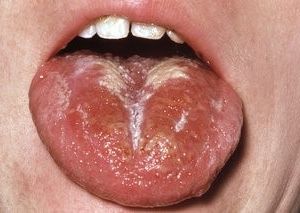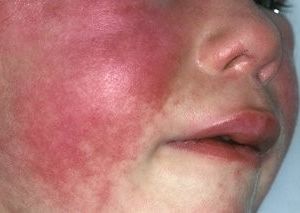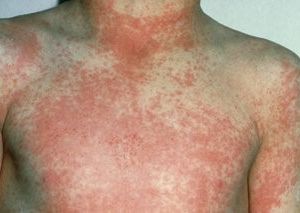See general infomation below red, amber and green boxes
Scarlet fever is an illness is caused by a bug called group A streptococcus, which is found on the skin and in the throat. Scarlet fever mostly affects children and can easily spread to other people.
See general infomation below red, amber and green boxes
Go to the nearest Hospital Emergency (A&E) Department or phone 999
Unable to swallow saliva
Painful, red swollen neck glands
Painful, swollen joints
Puffy face or eyelids
Dark coca-cola coloured wee (urine)
Develops red lips or a red tongue
Develops a lot of skin peeling
Breathing a bit faster than normal or working a bit harder to breathe
Dry skin, lips or tongue
Not had a wee or wet nappy in last 8 hours
Poor feeding in babies (less than half of their usual amount)
Irritable (Unable to settle them with toys, TV, food or hugs even after their fever has come down)
Not using or putting weight on an arm, leg, hand or foot.
Complaining of severe pain that is not improving with painkillers
Is 3-6 months old with temperature 39°C or above (unless fever in the 48 hours following vaccinations and no other red or amber features)
Temperature of 38°C or above for more than 5 days or shivering with fever (rigors)
Temperature less than 36°C in those over 3 months
Getting worse or you are worried about them
Please ring your GP surgery or call NHS 111 - dial 111
If symptoms persist for 4 hours or more and you have not been able to speak to either a member of staff from your GP practice or to NHS 111 staff, recheck that your child has not developed any red features
Watch them closely for any change and look out for any red or amber symptoms
If your child has any other symptoms associated with their fever, you may want to look at the information on sore throat, cough, earache, diarrhoea and vomiting or tummy ache or our other pathways.
Additional advice is also available for families for help cope with crying in otherwise well babies
If your child has a long term condition or disability and you are worried please
contact your regular team or follow any plans that they have given you.
Continue providing your child’s care at home. If you are still concerned about your child, call NHS 111 – dial 111
This guidance has been reviewed and adapted by healthcare professionals across North East and North Cumbria with consent from the Hampshire development groups.
This guidance is written by healthcare professionals from across Hampshire, Dorset and the Isle of Wight.
Generally, scarlet fever is much less common than it used to be but in last few years there have been a number of outbreaks. It is important that children with scarlet fever are assessed by a healthcare professional so that they can be started on antibiotics.
The scarlet fever rash often begins with small spots on the body that then spread to the neck, arms and legs over the next 1 to 2 days. The rash may be harder to see on darker skin tones. It often feels like 'sandpaper' but is not itchy..
Your child may also have a:



If your child also has a runny nose with their sore throat, it makes a diagnosis of scarlet fever and Group A strep less likely.
Scarlet fever last for around 1 week. If you do not take antibiotics, you can spread the infection for 2-3 weeks after your symptoms start.
Keep your child away from nursery or school for at least 24 hours after starting antibiotic treatment. Adults with scarlet fever should also stay off work for at least 24 hours after starting treatment.
Many of the symptoms of scarlet fever can be relieved using some simple self-care measures, such as: